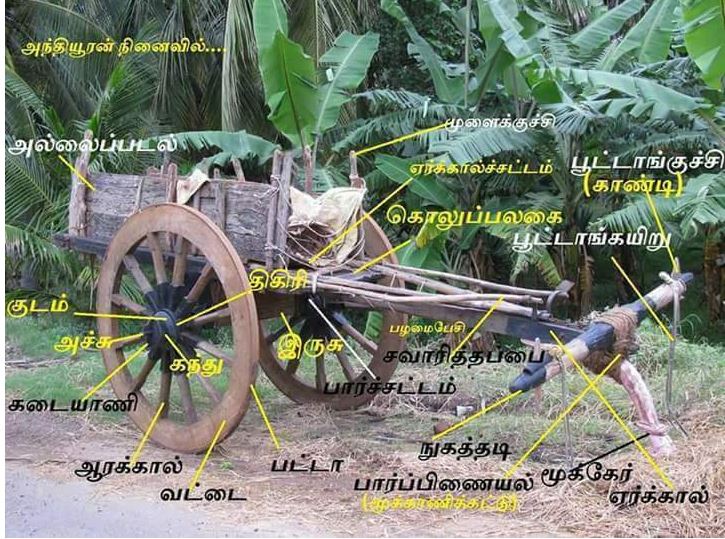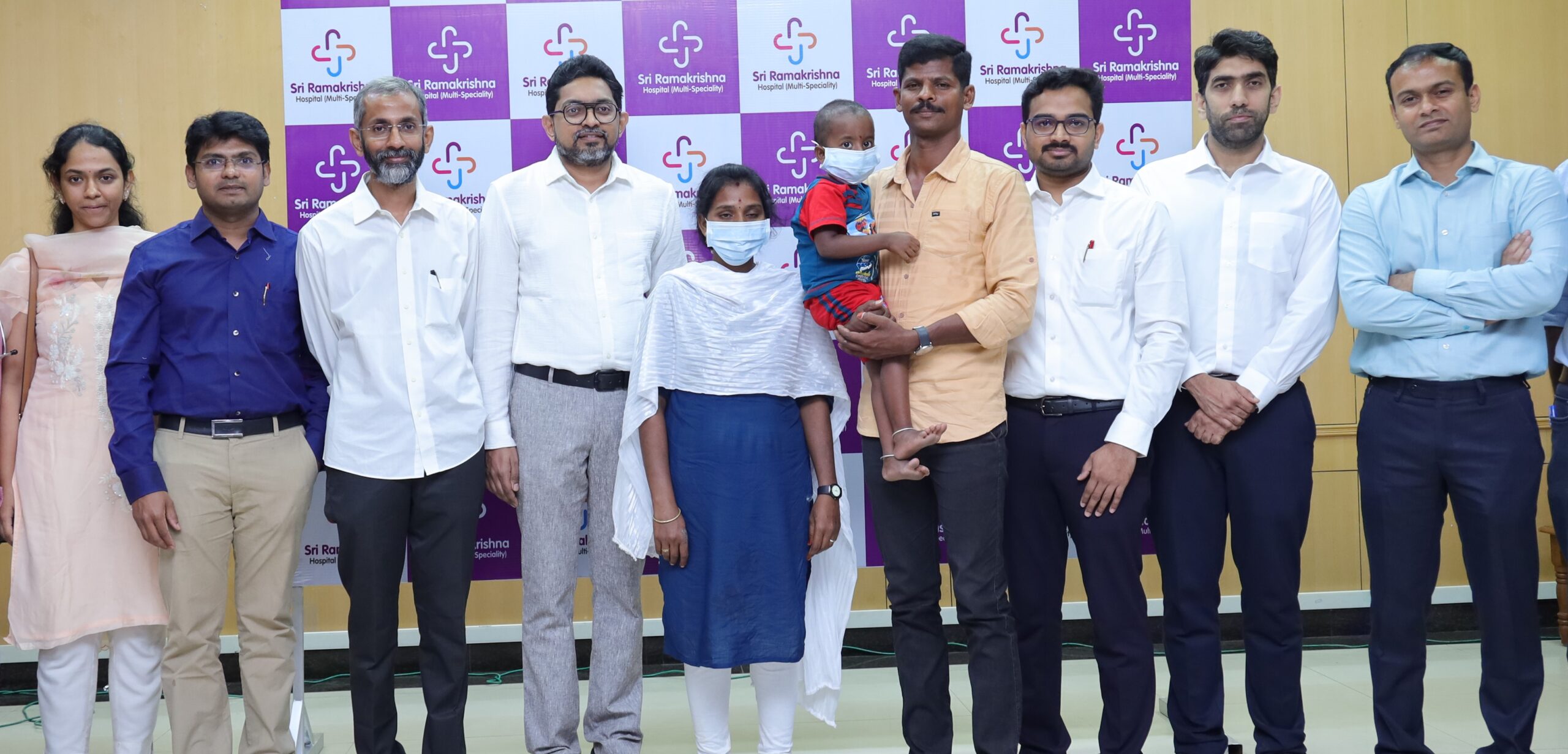Trending Now
- 830 voters names go missing in Kavundampalayam constituency
- If BJP comes to power we shall consider bringing back electoral bonds: Nirmala Sitaraman
- Monitoring at check posts between Kerala and TN intensified as bird flu gets virulent in Kerala
Coimbatore
The good old bullock cart
![]() November 20, 2019
November 20, 2019
Coimbatore’s villages still use bullock carts – the eco-friendly and cheap mode of transport that also requires no fuel. Here’s an account of bulls and bullock carts by a farmer.
The bullock cart industry in India accounts for nearly 60 per cent of cargo and human transport. Coimbatore’s suburban villagers continue to use this eco-friendly mode of transport for ferrying goods and families and cheap maintenance and nil fuel.
M Arachamy alias Durai, a farmer who owns three bullock carts at Deverayapuram in Thondamuthur tells The Covai Post, “We have owned bullock carts for nearly three generations. I use them to transport cow dung to my fields, to plough my fields, to bring animal feed loads and to tow cows from one pasture to another. My carts have rubber tyres and we have both katta vandi or bullock carts and rekla vandi or carts for bullock races. Usually repairs are few but if we overload the vehicle then its parts loosen and have to be tightened in a workshop colloquially called a ‘pattrai’.”
How do bulls get trained to pull the cart? “Only young bulls wobble their heads but when we control them with the ropes and whips, they learn and will soon pull the cart without guidance. Usually these carts are quite sturdy but the achani or the iron rod joining the two tyres may have to be changed every two years. Rubber tyres have speeded up the vehicle but they have no grip on sloping roads, carts can topple if we are not careful. Only pattai or wooden wheels will have good grip on any terrain but mechanics for those are sparse,” says Durai.
Bullock carts have many parts known by their colloquial names like thigiri, saveri thappai, mukkeri erukkal, erukkal sattam, vattai, pattai and others. “Teakwood is used for making the tyres or pattais, while other parts are made of Karuvelam trees. It costs Rs. 75,000 and nearly a month to make one cart. A single man will make a stronger cart than if made by many who can spoil the alignment of the vehicle. Young bulls that are toothless are used to pull bullock carts with small tyres and after four years are ready to pull larger carts,” says Durai.
He adds, “We also have rekla cart manufacturers in our area. It is a lighter vehicle but cost nearly Rs. 65,000 and extreme dexterity to make. It is weightless and can run at great speeds with two bulls. These bulls are given high class feed like dates, lentils and nuts to strengthen them for races. Most of our bulls are Kangeyam variety. So though the cart has less maintenance, bulls’ feed can cost Rs. 1000 per day,” concluded Durai.























